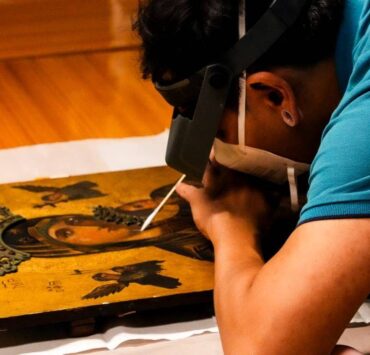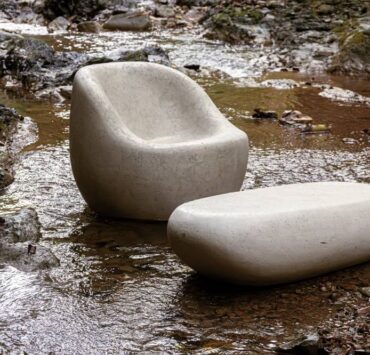Dealing with clutter and making space for what matters
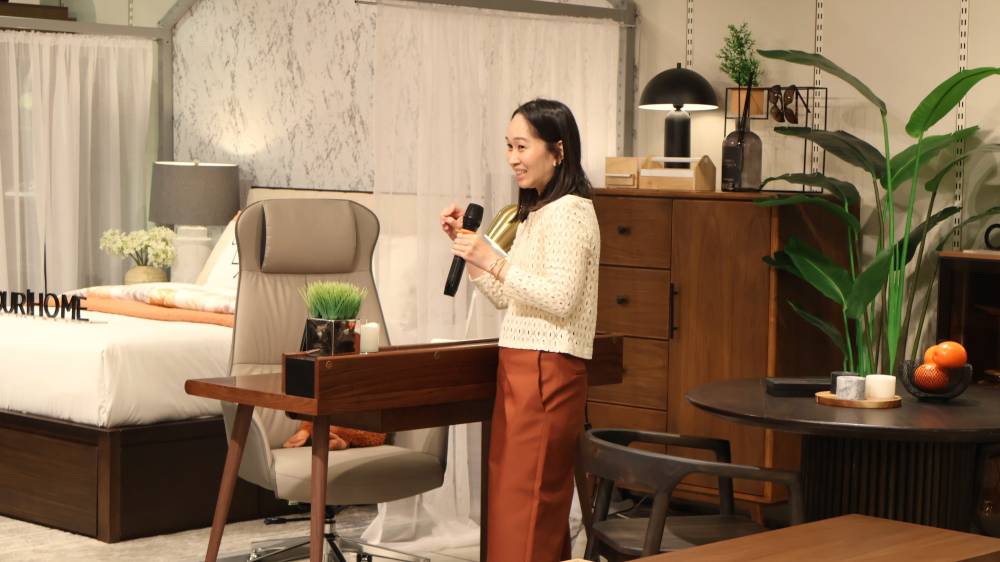
A well-dusted house is one thing; keeping it clutter-free is another. This applies particularly to Filipinos who tend to collect things to the point of hoarding. They hold on to stuff, anticipating future use that may never come. In the meantime, these items continue to take up space, only to be dusted off during occasional cleanups.
“Most people have clutter, so it’s something you shouldn’t be ashamed of,” says Christine Dychiao, an organizing consultant who’s certified to use the KonMari Method invented by world-renowned tidying expert Marie Kondo.
“There are techniques to dealing with clutter,” Dychiao adds in her talk, “Finding Home: Creating Space for What Truly Matters.” It was part of the masterclass series organized by furniture store Our Home, held at their SM Megamall branch on June 18.
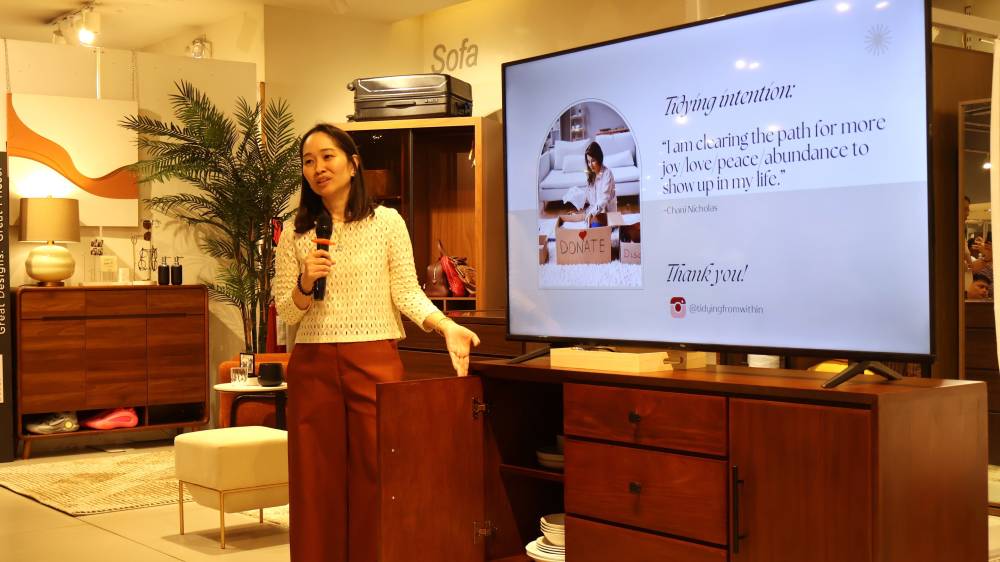
Routine vs ritual
Dychiao, who started the session with a mindfulness exercise and breath work, says, “I think in life, we need to start to differentiate between the routines we do and creating rituals. Because I think the beauty of life is in the rituals, the little details that we sometimes miss, but are important to our well-being.”
Quoting global beauty entrepreneur Vicky Tsai, she said that the difference between routine and ritual is intention. Dychiao, a former bank executive, explained that intentional living is her end goal, and not just decluttering spaces. Having such a goal contributes to a sense of fulfillment, self-awareness, purposeful decision-making, and better relationships, not just with oneself, but with everyone else.
Intentional living starts with one little practice and it can come from the physical surroundings like at home. It’s always a place that needs tidying up to free up spaces and let positive energy flow. This will eventually lead to clearing the mind and life in general.
The KonMari consultant enumerated some rules in the method that she now prefers to call guidelines in helping declutter space intentionally.
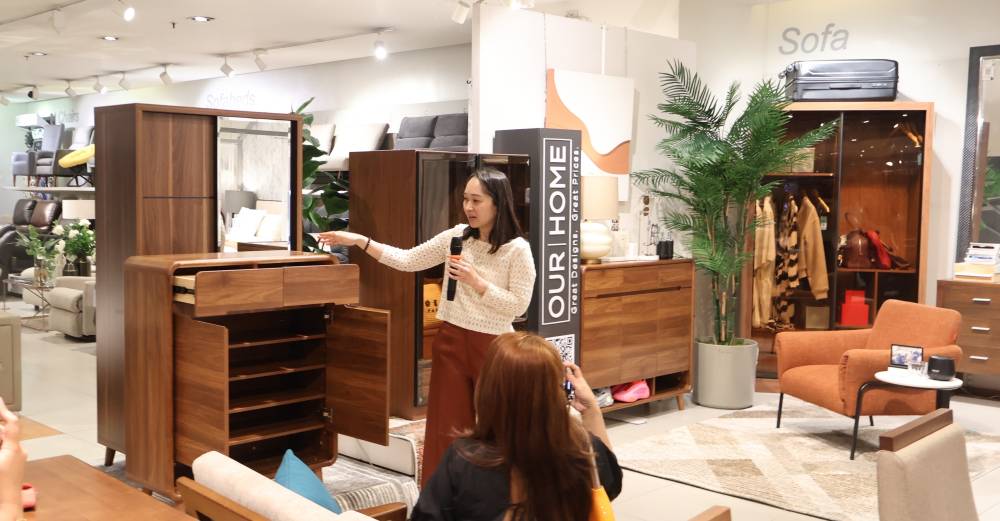
Decluttering tips
Begin by making the task a priority until it becomes a commitment. You can allot two to three hours per session, perhaps focusing on one area if you have a big place.
Next, visualize how your space will look like. It doesn’t have to be as picture-perfect as a magazine layout. You just need to have a vision where your desk will be placed, then your bed, and the rest of your belongings.
The third guideline is hands down a crucial part in the decluttering process: Let things go. Nope, hiding stuff under your bed doesn’t count. That’s an extra storage for bedding essentials and maybe seasonal items. Instead, you can sell or donate things that you or your family don’t need anymore.
If you’re having a hard time parting with your possessions, ask yourself how you feel about each one of them. Keep in mind that you should keep only those that spark joy.
Another guideline is especially helpful for older family members who might be too attached to the past. For instance, avoid telling your mom to declutter her house. Suggest instead to organize her underwear drawers until you eventually get to the sentimental stuff. Following the right order can really make a big difference.
Lastly, make your home a sanctuary. It should be your safe space and refuge coming from work or elsewhere. Here, you can finally breathe and recharge.














